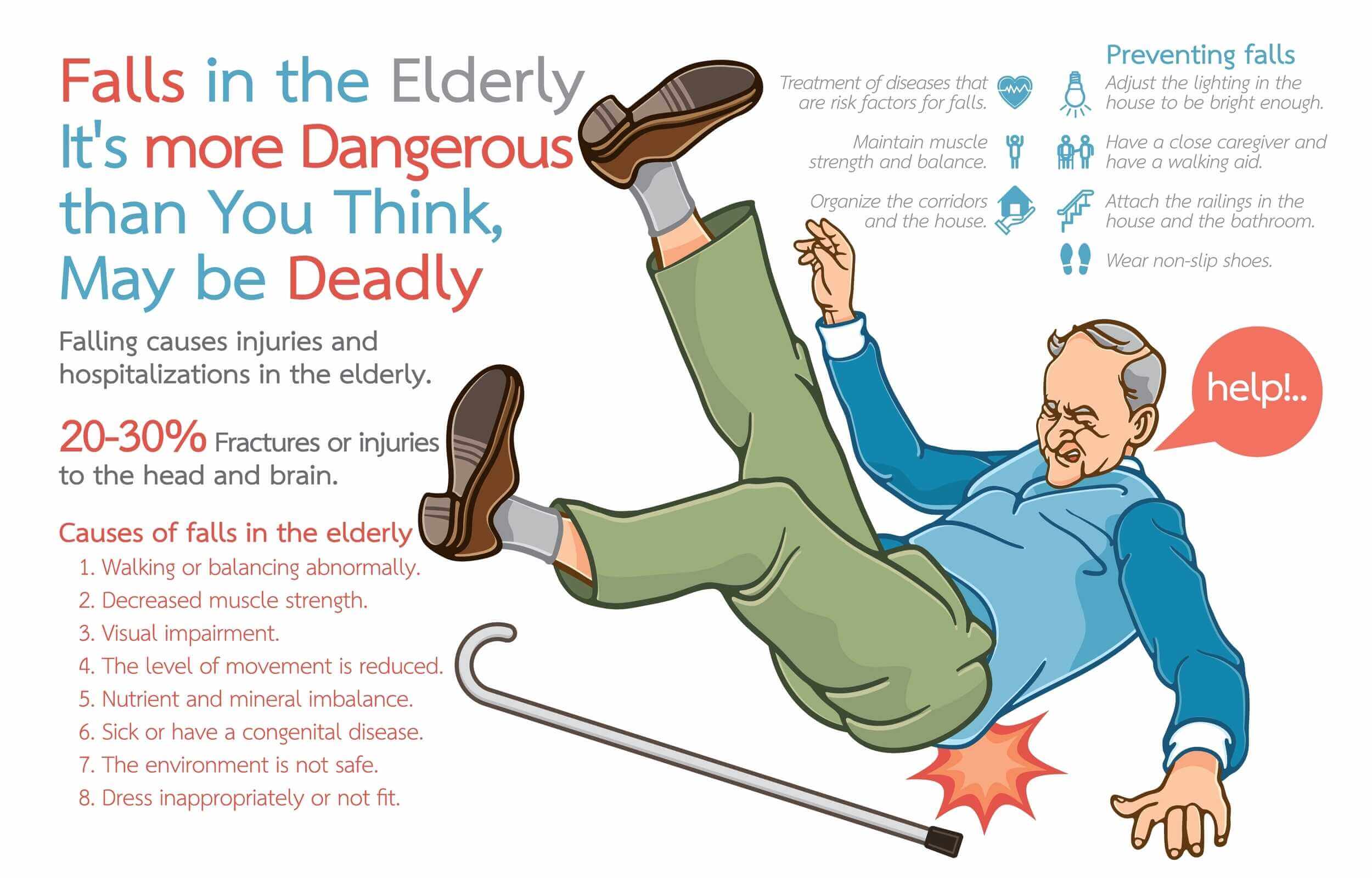Geriatrics, Vol. 10, Pages 52: The Role Of Inflammatory Sarcopenia In Increasing Fall Risk In Older Adults: Exploring The Impact On Mobility-impaired And Immunocompromised Patients

Geriatrics, Vol. 10, Pages 52: The Role of Inflammatory Sarcopenia in Increasing Fall Risk in Older Adults: Exploring the Impact on Mobility-Impaired and Immunocompromised Patients
Geriatrics doi: 10.3390/geriatrics10020052
Authors: Marc-Dan Blajovan Simona-Alina Abu-Awwad Mirela-Cleopatra Tomescu Cristina Tudoran Daniela Gurgus Anca Dinu Ahmed Abu-Awwad
Background/Objectives: Inflammatory sarcopenia, characterized by muscle weakness exacerbated by chronic systemic inflammation, has emerged as a critical factor in fall risk among older adults. While previous studies have examined sarcopenia and inflammation independently, few have investigated their combined impact on mobility impairments and fall susceptibility, particularly in immunocompromised individuals. This study aimed to assess the role of inflammatory sarcopenia in increasing fall risk by comparing functional performance, muscle strength, and inflammatory biomarkers across three groups: healthy older adults, individuals with non-inflammatory sarcopenia, and those with inflammatory sarcopenia. A secondary objective was to evaluate fall incidence in immunocompromised versus non-immunocompromised individuals. Methods: A prospective observational study was conducted on 250 adults aged ≥65 years, categorized based on inflammatory status and muscle health. Functional assessments included handgrip strength, the Timed Up and Go (TUG) test, and fall frequency analysis. Inflammatory status was determined by measuring C-reactive protein (CRP) and interleukin-6 (IL-6) levels. Multivariate regression models were used to identify predictors of fall risk. Results: Participants with inflammatory sarcopenia exhibited significantly higher CRP and IL-6 levels, greater muscle weakness, poorer mobility performance, and a fourfold increase in fall incidence compared to controls (p < 0.001). Immunocompromised individuals had nearly double the fall risk of their non-immunocompromised counterparts (p < 0.001). TUG test performance was the strongest fall predictor. Conclusions: Our findings highlight the importance of integrating fall prevention strategies that not only focus on muscle-strengthening programs but also include regular screening for inflammatory markers. Given the strong association between systemic inflammation, muscle weakness, and fall risk, identifying and managing chronic inflammation may play a crucial role in reducing mobility impairments and improving outcomes in older adults.
Popular Products
-
 Classic Oversized Teddy Bear
Classic Oversized Teddy Bear$23.78 -
 Gem's Ballet Natural Garnet Gemstone ...
Gem's Ballet Natural Garnet Gemstone ...$171.56$85.78 -
 Butt Lifting Body Shaper Shorts
Butt Lifting Body Shaper Shorts$95.56$47.78 -
 Slimming Waist Trainer & Thigh Trimmer
Slimming Waist Trainer & Thigh Trimmer$67.56$33.78 -
 Realistic Fake Poop Prank Toys
Realistic Fake Poop Prank Toys$99.56$49.78